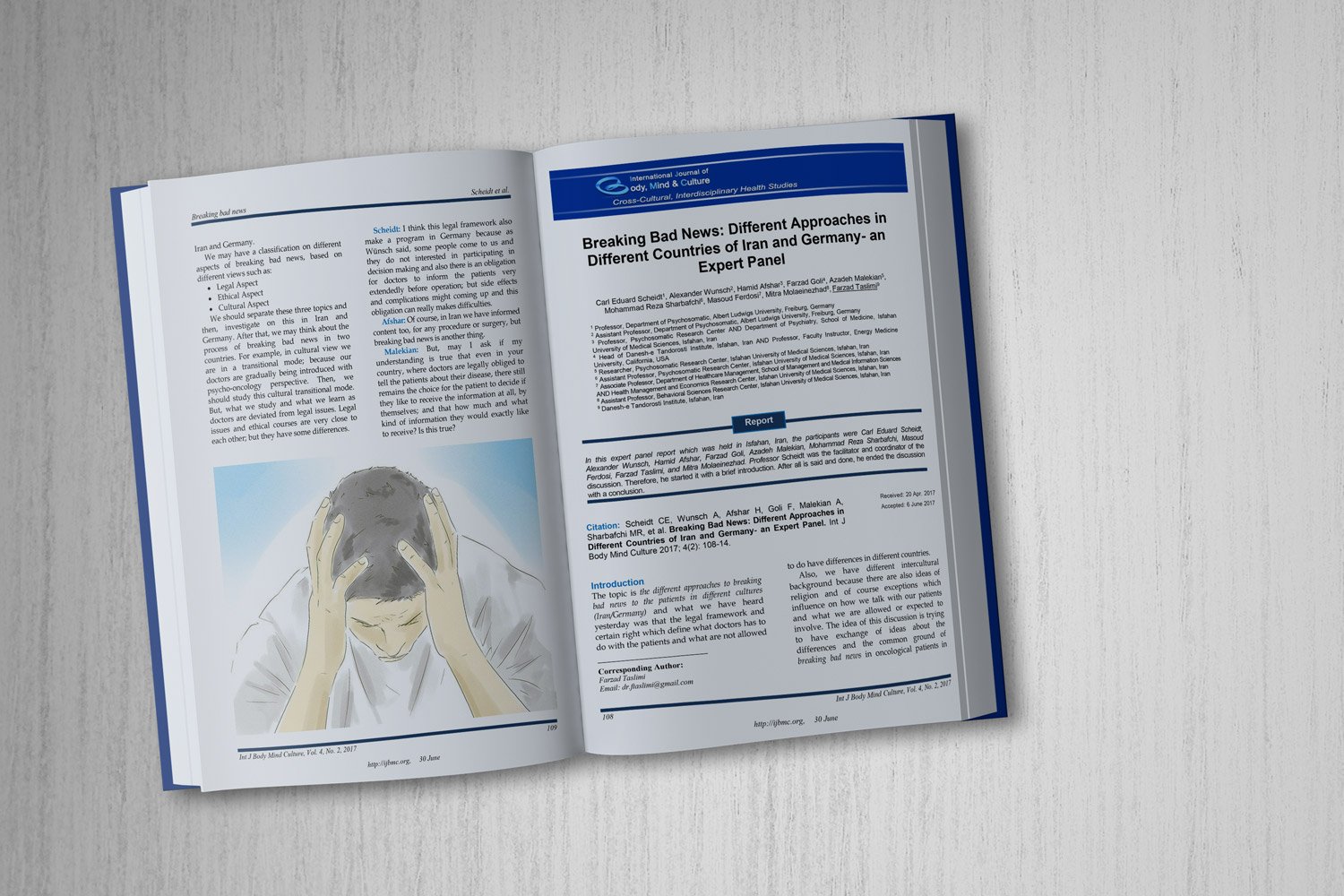Metabolic Complications of Antipsychotic Treatment in Newly Diagnosed Psychotic and Mood Disorders: A Case-Control Study on Dyslipidemia and Hyperglycemia
Downloads
Objective: This study aimed to investigate the association between statin use and metabolic disorders when prescribed either as adjunctive therapy to antipsychotics or as monotherapy in newly diagnosed individuals with schizophrenia and other psychiatric disorders involving mood disturbances or psychosis.
Methods and Materials: A matched case–control analysis was conducted using electronic medical records and files from Jordan University Hospital, King Abdullah University Hospital, and the National Center for Mental Health. Eligible patients were 20–55 years old, diagnosed with schizophrenia, bipolar disorder, or affective psychosis, and treated continuously for 4–6 months with the same antipsychotic or statin. Individuals with pre-existing medical conditions affecting metabolism (e.g., diabetes, endocrine or renal disorders, cardiovascular disease) were excluded. For each case presenting metabolic symptoms (dyslipidemia or hyperglycemia), a control participant was selected, matched by age, sex, psychiatric diagnosis, and metabolic profile. Conditional logistic regression was applied to estimate odds ratios (ORs) and 95% confidence intervals (CIs) for each medication.
Findings: The analysis included 986 cases with metabolic syndrome and 1,678 matched controls. The use of olanzapine (OR = 4.42, 95% CI: 3.73–5.23) and risperidone (OR = 5.17, 95% CI: 4.15–6.44) was strongly associated with a higher risk of metabolic syndrome, whereas quetiapine posed a minimal risk. Aripiprazole significantly reduced risk (OR = 0.081, 95% CI: 0.04–0.16). Statins also demonstrated a protective effect (OR = 0.27, 95% CI: 0.18–0.40).
Conclusion: Findings suggest that statins may mitigate metabolic side effects in patients undergoing antipsychotic therapy. Importantly, mood disorder patients receiving statins did not develop metabolic complications, highlighting their potential role in improving both psychiatric and metabolic outcomes.
Downloads
Akinola Ps, T. I. (2023). Antipsychotic-Induced Metabolic Syndrome: A Review. Metab Syndr Relat Disord., 21(6), 294-305. https://doi.org/10.1089/met.2023.0003
Alberti, K. G. (2020). Metabolic syndrome: A global public health concern. Journal of Clinical Endocrinology and Metabolism, 105(11), 4423-4433. https://content.ugeskriftet.dk
Avan, R. S. A. H. J. M. M. F. F. H. N. S. (2021). Update on Statin Treatment in Patients with Neuropsychiatric Disorders. Life, 11(1365). https://doi.org/10.3390/life11121365
Correll, C. U. P. (2020). Comparative safety and efficacy of antipsychotic medications: A systematic review. Journal of Clinical Psychopharmacology, 40(5), 441-451. https://onlinelibrary.wiley.com/doi/abs/10.1111/acps.12621
Emily Eyles, A. (2023). Antipsychotic Medication and Risk of Metabolic Disorders in People With Schizophrenia: A Longitudinal Study Using the UK Clinical Practice Research Datalink. Schizophrenia Bulletin. https://doi.org/10.1093/schbul/sbad126
Gao, K. E. (2019). Antipsychotic-induced metabolic changes: A systematic review and meta-analysis., 1123-1133. https://www.liebertpub.com/doi/abs/10.1089/met.2023.0003
GBD, a.s. (2018). Global, regional, and national age-sex-specific mortality for 282 causes of death in 195 countries and territories. Lancet, 392, 1736-1788. https://www.thelancet.com
Kahn, S. E. (2014). Pathophysiology and treatment of type 2 diabetes: perspectives on the past, present, and future. Lancet, 383, 1068-1083. https://doi.org/10.1016/S0140-6736(13)62154-6
Kaur J, et al. (2014). A comprehensive review of metabolic syndrome. Cardiol ResPract, 2014(943162). https://doi.org/10.1155/2014/943162
Li, F. e. (2020a). Lipophilic Statins as a Novel Therapeutic Approach for Negative Symptoms of Schizophrenia. Pharmacological Research(104784). https://www.frontiersin.org/articles/10.3389/fpsyt.2019.00103/full
Li, F. e. (2020b). Lipophilic Statins May Have a Greater Protective Effect on the Brain and Improve Cognitive Function in Patients with Psychological Disorders. Journal of Clinical Psychopharmacology, 123-129. https://www.sciencedirect.com/science/article/pii/S016752730200195X
Li, F. e. (2020c). Statin Therapy for Bipolar Disorder: A Systematic Review. Journal of Affective Disorders, 85-93. https://onlinelibrary.wiley.com/doi/abs/10.1002/gps.4956
Liu, R. E. (2019). Antipsychotic-induced glucose dysregulation: A longitudinal study. Journal of Clinical Psychopharmacology, 246-252. https://www.sciencedirect.com/science/article/pii/S0920996404001471
Mahmoud Alali, M. A. H. D. (2023). The Prevalence of Mental Health Illness among Jordanian Patients during the COVID-19 Pandemic: A Cross-Sectional Study. Preprints (www.preprints.org) | NOT PEER-REVIEWED. https://doi.org/10.20944/preprints202310.0165.v1
Newcomer, J. W. (2018). Metabolic side effects of antipsychotics: A review of the literature. Journal of Clinical Psychopharmacology, 431-441. https://onlinelibrary.wiley.com/doi/abs/10.1111/j.1742-1241.2007.01416.x
Osama Abo Alrob, S. A. (2019). The Effect of Long-Term Second-Generation Antipsychotics Use on the Metabolic Syndrome Parameters in the Jordanian Population. JO - Medicina. 55(320). https://doi.org/10.3390/medicina55070320
Pillinger T, M. R. (2020). Comparative effects of 18 antipsychotics on metabolic function in patients with schizophrenia, predictors of metabolic dysregulation, and association with psychopathology: a systematic review and network meta-analysis. Lancet Psychiatry, 7(1), 64-77. https://doi.org/10.1016/S2215-0366(19)30416-X
Refugees, U.N. (2021). Global report: The stories behind the numbers. https://www.tandfonline.com/doi/abs/10.1080/13600826.2021.1902284
Rong li, y. z. (2020). Effects of olanzapine treatment on Lipid Profiles in Patients with schizophrenia: A Systematic Review and Meta-Analysis. Sci Rep, 10(17028). https://doi.org/10.1038/s41598-020-73983-4
Sherling, D. P. P., & Hennekens, C. M. (2017). Clinical and policy implications of. Cardiovasc. Pharmaco, 22, 365-367. https://doi.org/10.1177/1074248416686187
Tandon R, B. R. I. (2008). World Psychiatric Association Pharmacopsychiatry Section statement on comparative effectiveness of antipsychotics in the treatment of schizophrenia. Schizophr Res, 100(1-3), 20-38. https://doi.org/10.1016/j.schres.2007.11.033
UCL. (2023). ANTI-PSYCHOTIC PRESCRIPTIONS ARE RISING MUCH FASTER THAN PSYCHOSIS RATES. UCL NEWS. https://onlinelibrary.wiley.com/doi/abs/10.1111/j.1600-0447.2009.01425.x
Vancampfort D, S. B. (2015). Risk of metabolic syndrome and its components in people with schizophrenia and related psychotic disorders, bipolar disorder, and major depressive disorder: a systematic review and meta-analysis. World Psychiatry, 14, 339-347. https://doi.org/10.1002/wps.20252
Wang, X. E. (2019). The Potential Role of Statins in the Treatment of Neuropsychiatric Disorders. Expert Review of Neurotherapeutics, 663-674. https://www.nature.com/articles/s41398-023-02533-z
Wang, X. E. (2020a). The Role of Statin Therapy in the Management of Schizophrenia: A Systematic Review. Journal of Clinical Pharmacy and Therapeutics. Journal of clinical pharmacy and therapeutics, 623-633. https://www.sciencedirect.com/science/article/pii/S0165178117315445
Wang, X. E. (2020b). Statin-antipsychotic combination therapy for treatment-resistant schizophrenia: A systematic review and meta-analysis. Journal of Psychopharmacology, 134-141. https://www.degruyterbrill.com
Zhang, J. E. (2013). Efficacy and safety of individual second-generation vs. first-generation antipsychotics in first-episode psychosis: a systematic review and meta-analysis. Journal of Psychopharmacology, 543-553. https://academic.oup.com/ijnp/article-abstract/16/6/1205/752489
Zhang, J. E. (2019). The Effects of Statins on Mood Disorders: A Systematic Review. Journal of Psychopharmacology, 562-571. https://www.sciencedirect.com/science/article/pii/S0165178117307011
Copyright (c) 2025 International Journal of Body, Mind and Culture

This work is licensed under a Creative Commons Attribution-NonCommercial 4.0 International License.















